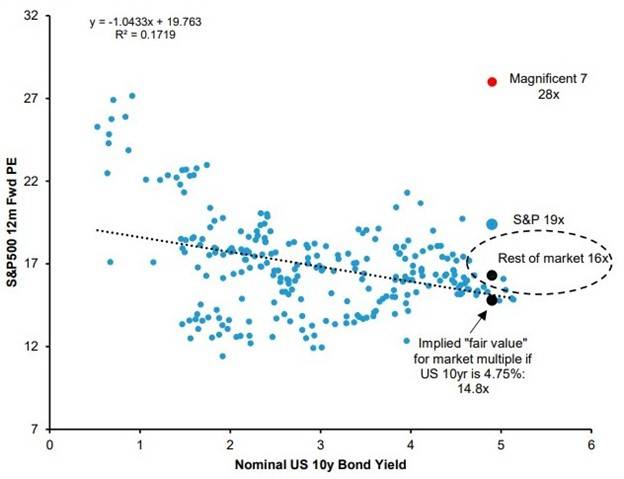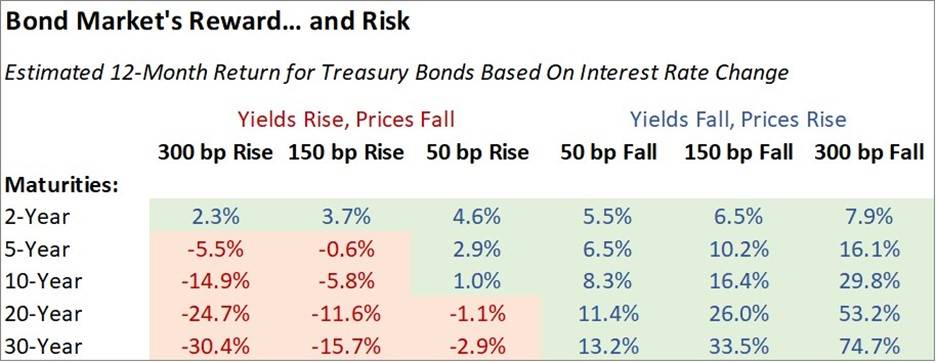As October arrives, your high school senior is likely deep into the college application process, and now the college application marathon turns into a final finishing sprint.
This time in your student’s life can seem pressure-packed and overwhelming.
Together you’re trying to find the perfect college fit that will allow them to pursue their educational and extracurricular goals in a way that can be supported by your family’s finances.
Keeping on top of the application process, including deadlines, may relieve some of that pressure. Below are some suggestions that you might find helpful.
Refine the List
Now is the time to refine your student’s school list. Take a realistic look at the options. In addition to that school at the top of your student’s wish list, do you have some options that are likely to be more affordable, and at least one or two where your student is “likely” to be accepted?
Know the Options
The college admissions “game” has gotten more complex and is defined by detailed applications, multiple essays, different application types and different deadlines for each school! Early Accept, Early Accept II, Early Decision, Early Action, and additional points such as “restricted” are possible options for applicants
Be sure to know the options and deadlines for each school on your student’s list and make an informed and timely decision on how your student will apply.
It is a good idea to consider the Early Action applications which are not binding, (when you do not have to commit to attending if you are accepted). Applying early will usually result in an earlier notification to the student. If you know the student will apply to the school, why not get the application in as soon as possible, and get notified early of the decision?
Be sure to work with your student on getting the applications done not only by the deadline, but a little ahead, so you all can be a little less stressed when completing them.
Words of Caution on Early Decision Applications
You should be well-informed about electing Early Decision because:
- It is a binding agreement with the college or university. Most often, you have no idea if the student will receive any financial aid or a merit scholarship before you commit to attending the school if the student is admitted. It usually limits the student to other early applications as well.
- Not every school keeps their Net Price Calculator (NPC) up to date and some do not include merit scholarships in the estimate, even if they do offer them. At the very least, you should complete the NPC on the school’s website to get an idea of eligibility.
- You will need to be prepared to pay whatever the cost is to you. It’s possible that you won’t be offered aid and will have to pay full price.
Although many schools state a student’s eligibility does not depend on when they apply, most schools do not have unlimited funds. Getting applications done early for admissions and financial aid will give your student the best opportunity for maximizing their eligibility for scholarships and aid.
The College Essay
Hopefully your student has worked over the summer on their college essay.
Understand what your student’s best positioning is and be sure to have your student weave a good narrative into their essays that accompany the application.
Many schools have a holistic approach to the application review, and this is an area where your student can really shine. Admissions representatives love to hear stories that bring a student’s application to life.
Test Scores
Decide on whether to submit the SAT / ACT test scores. Many schools are still test optional. If you and your student do not feel the scores are indicative of their ability, consider not submitting if scores are not required and if your student is very strong in other areas such as GPA, involvement in groups and activity, and other accomplishments.
If you have questions specific to a school, do not be shy about calling the school and reaching out. They have an enrollment goal to achieve, and admissions folks are generally helpful in guiding you along the way to submitting your application.
Final Notes
Take it easy on yourself and your student during this time. Try to find ways to keep calm, take breaks, and remember: the ultimate goal is to get them off to college next year, and they will make it!
In my experience when working with families, most often the student ends up where they were meant to be in the end.
If you need some hourly college planning advice, you may contact Donna on our website.
While the FAFSA release date is still expected to be December, it has not yet been announced. You can register for an FSA ID and complete the FAFSA here when the application opens.
We will post updates on the FAFSA release date when they are available.
-DC














